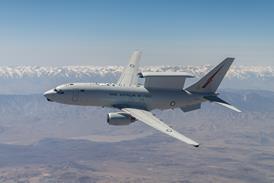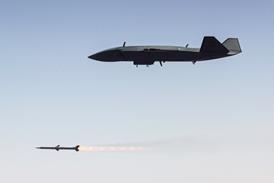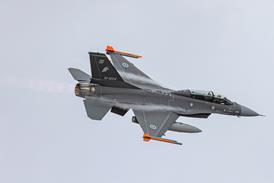Boeing predicts that India will need 1,740 new commercial aircraft valued at $240 billion in the 20-year period of 2015 to 2034.
Of these, 86% (1,460 aircraft) will be narrowbodies, 15% (260) will be wide-bodies, and only 1% (20) will be regional jets. Boeing’s views on the India market were unveiled by Dinesh Keskar, senior vice-president of Asia-Pacific and India sales, at the India Aviation air show in Hyderabad.
Boeing appears more optimistic than Airbus, which predicts a total market of 1,600 new aircraft out to 2034.
Boeing’s slides indicate that it sees no market for very large aircraft such as its 747-8I or Airbus A380 in the Indian market over the next twenty years.
Citing numbers from India’s Directorate General of Civil Aviation, Keskar notes that domestic passenger traffic in India grew 21% in 2015, with roughly 6.5 million passengers flying monthly.
On another positive note, Keskar says that the breakeven fare for Indian carriers is 39% lower than three years ago, with the sector benefiting from lower fuel prices and increasing load factors.
Boeing, citing numbers from Flightglobal’s Innovata schedules service, also notes that capacity is being added through additional flights, as opposed to more seats per flight.
He added that although fuel prices paid by Indian carriers are down 53% from their October 2013 peak, local carriers still pay over 50% more than US counterparts, mainly owing to fees and regulations in the subcontinent. A more benevolent fuel environment, however, has been offset somewhat by the weakening rupee, which raises costs for Indian carriers.
Boeing also revealed that landing charges at Indian airports, a major bugbear for local carriers, are around $9 per tonne, which is slightly lower than airport charges in the Asia-Pacific in general. Still, landing charges at Indian airports are less than half those charged at European airports, but about a third more expensive than US airports.
Keskar, speaking with Flightglobal after the presentation, also feels there is virtually no opportunity for dedicated freighters within India. He notes that cargo flows between Indian cities are modest, with most local cargo transported by train or truck.
Source: Cirium Dashboard























